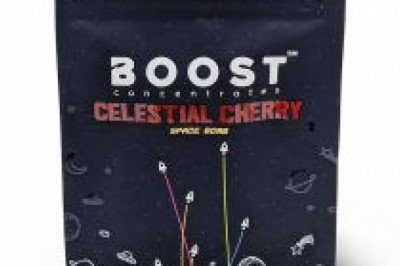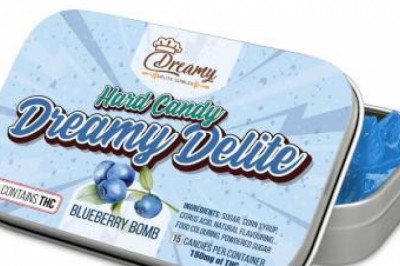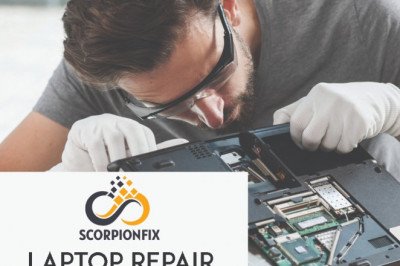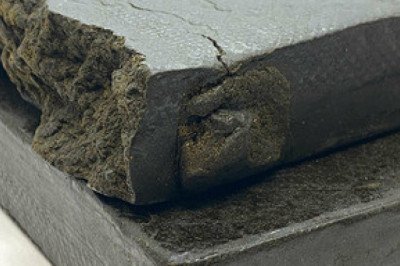views
Carbon fiber anilox roller cleaning problems
(1) ultrasonic cleaning machine frequency should be within the range recommended by the manufacturer, with the best frequency obtained by repeated trials for cleaning. The higher the ultrasonic frequency, the smaller the volume of bubbles in the liquid, the weaker the strength, the general recommended frequency of 40KHz, in this frequency, will produce the smallest bubble deep into the net cavity for cleaning. However, due to the nature of carbon fiber anilox rollers and ultrasonic cleaning machine design is different, this frequency recommended value for reference only.
(2) the temperature of the cleaning agent will also affect the quality of cleaning, high temperature, the viscosity of the cleaning agent will be low, the amount of bubbles in the liquid will increase, thereby increasing the ability of ultrasonic cleaning. The temperature of the cleaning agent should generally be controllered at 40 ~ 60 ℃, and the cleaning agent must be a special ultrasonic cleaning agent.
(3) ultrasonic cleaning machine time control is very important, because the longer the time of ultrasonic emission, the more likely to damage the surface of the carbon fiber anilox rollers as well as the wall of the mesh cavity. At present, many countries in Europe and the United States ultrasonic cleaning machine have pretreatment system, in general, to ensure that no damage to the carbon fiber anilox rollers of the safety of the cleaning time of no more than 5 minutes, the actual operation needs to be adjusted according to the different carbon fiber anilox rollers.
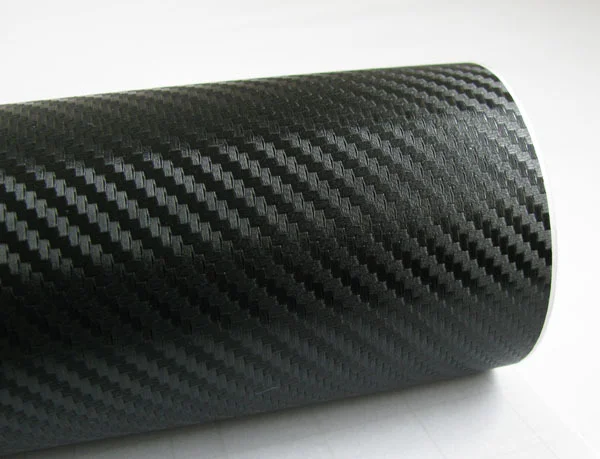
Carbon fiber anilox roller cleaning steps
(1) Firstly, the first step is to remove the gum on the surface of the roller with common solvent and cotton cloth, etc. The second step is to use a brush to apply LDX-302 plate washing liquid evenly to the surface of the roller and leave it for fifteen to thirty minutes. (As the speed of chemical reaction is closely related to the temperature. When the temperature is high, the reaction is accelerated, and vice versa, so the application time can be shorter in summer, and longer in winter.)
(2) The last step is to use a brush and ordinary solvent (or water) to wash the surface of the roller until it is clean, and wipe the solvent or water on the surface of the roller clean, at this time the roller should be as clean as new.
(3) and trace amount of the agent will still be in the mesh of the roller residue, so repeatedly sludge pile up the results will cause the plug plate, which will lead to a decline in printing quality and reduce the life of the roller; and in the mesh of the agent once hardened, it can not be dissolved and cleaned. Carbon fiber anilox roller cleaning solution in the state of the blocked plate on the rubber rollers to work, it will cause problems due to insufficient coating volume. For example, there are quality problems such as poor appearance (bubble generation) and poor adhesive strength. In order to prevent such problems from occurring again and again, the coating rollers should be cleaned with LD-300 cleaning solution to obtain the proper coating volume. Dry laminating (for gluing coating, commonly called gravure roller) should be cleaned in time after daily operation, or once every 3-5 days for 24-hour operation. However, it is very difficult to clean the adhesive with only ethyl acetate.
Coreco has a dedicated team of highly skilled engineers and proven technology in designing and manufacturing high performance carbon fiber rollers. Our products are used in the nonwoven, lithium battery, converting, printing and polymer film industries. We are always at the forefront of developing the latest technology to provide customized solutions for our customers.



